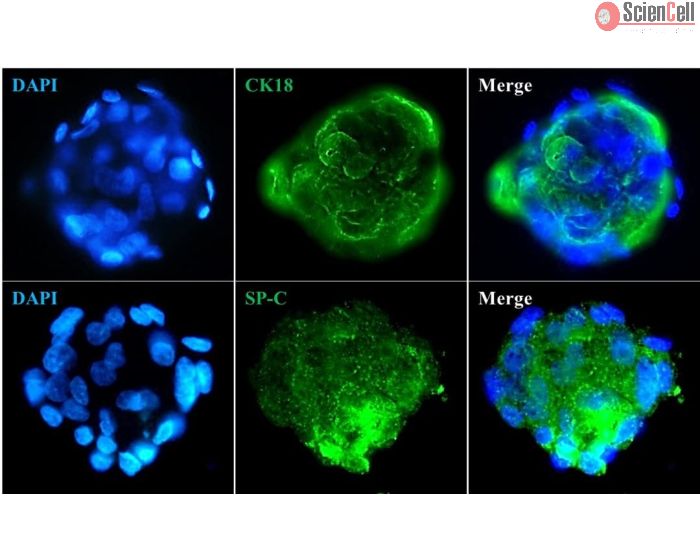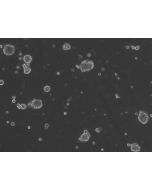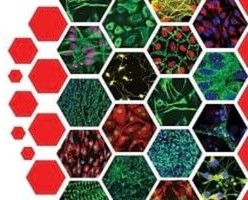Ready-to-use 3D Human Pulmonary Alveolar Epithelial Cell Spheroids
Catalog No.
SP3D-3200
ScienCell offers ready-to-use human pulmonary alveolar epithelial cell spheroids (SP3D-HPAEpiS), which express the specific alveolar epithelial type II markers such as SP-A, -B, -C, and -D. These spheroids are ready for experiments at 24 hours post thawing.
$1,524.00
In Stock






